Statement on the successful landing of NASA's Perseverance rover on Mars
Statement from American Nuclear Society President Mary Lou Dunzik-Gougar and CEO Craig Piercy
ANS congratulates NASA for the successful landing of Perseverance on Mars. We look forward to watching from afar its exploration of the Red Planet and search for past microbial life. This is a proud moment as well for nuclear science and technology as a multi-mission radioisotope thermoelectric generator will be powering the rover to mission success.


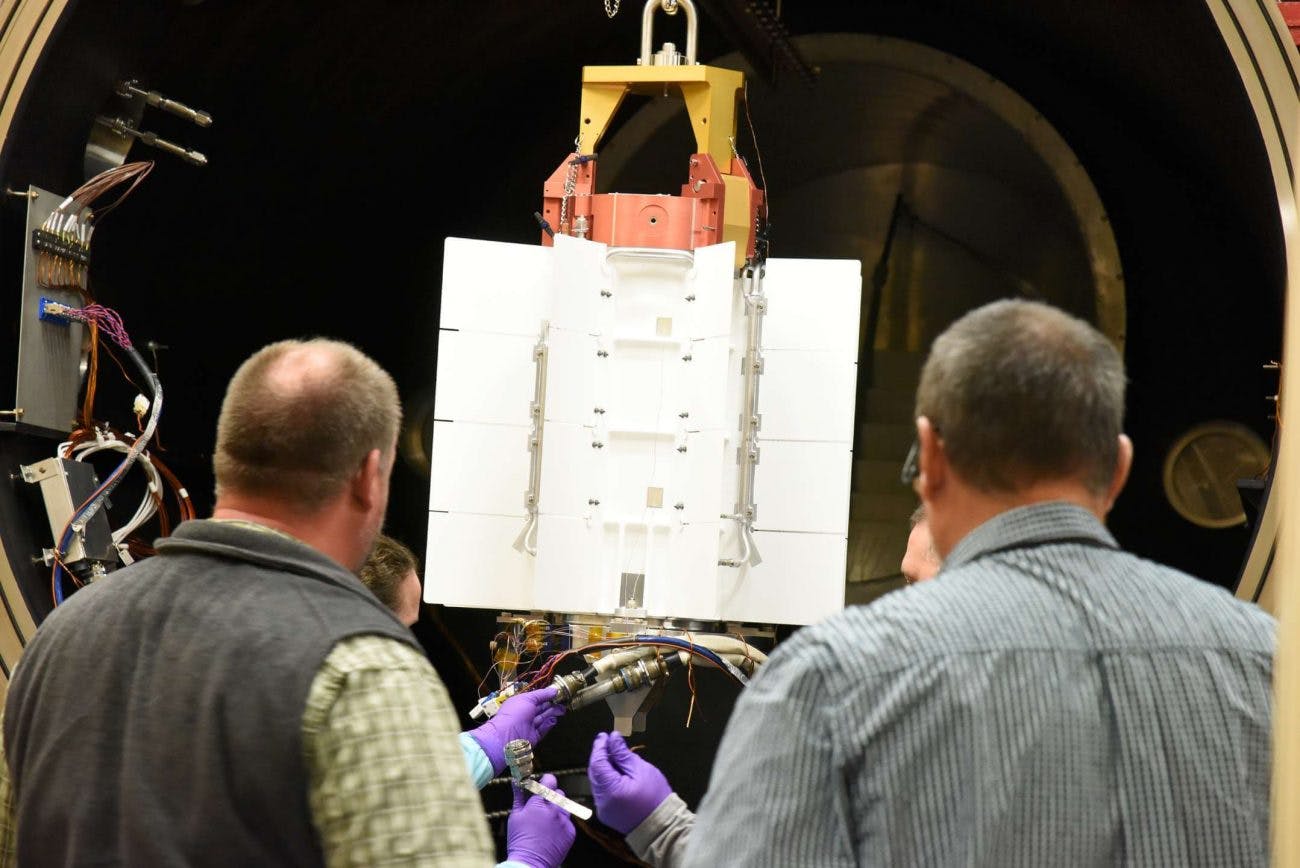

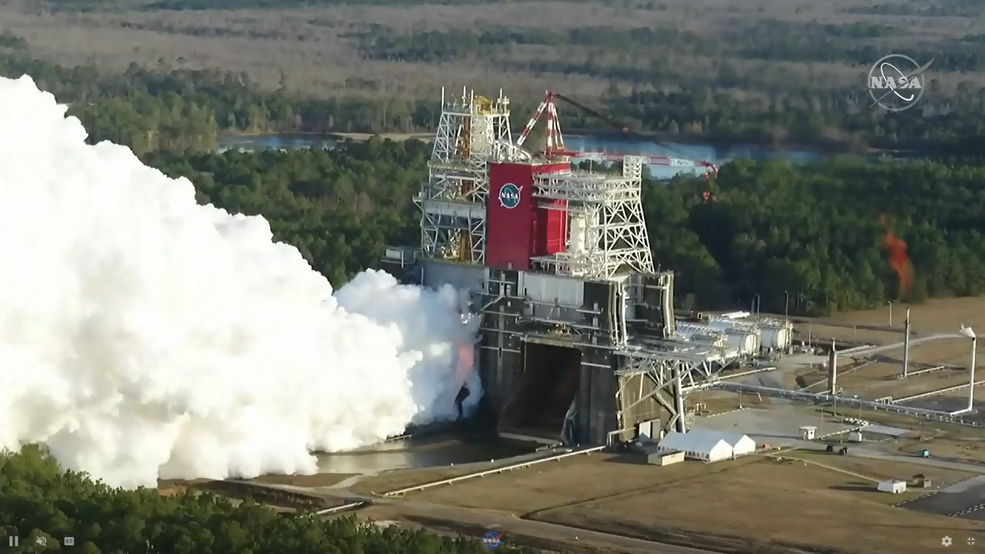
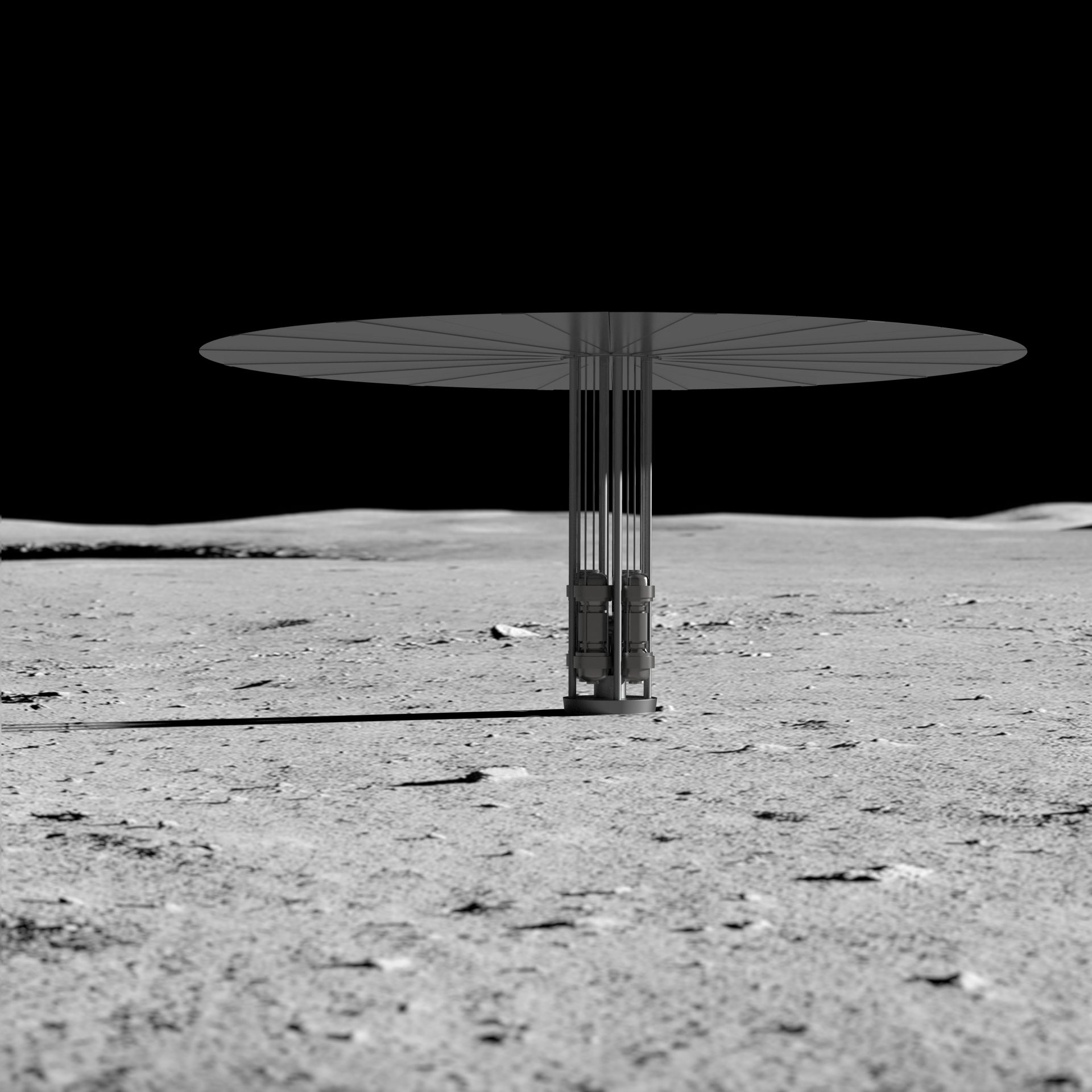
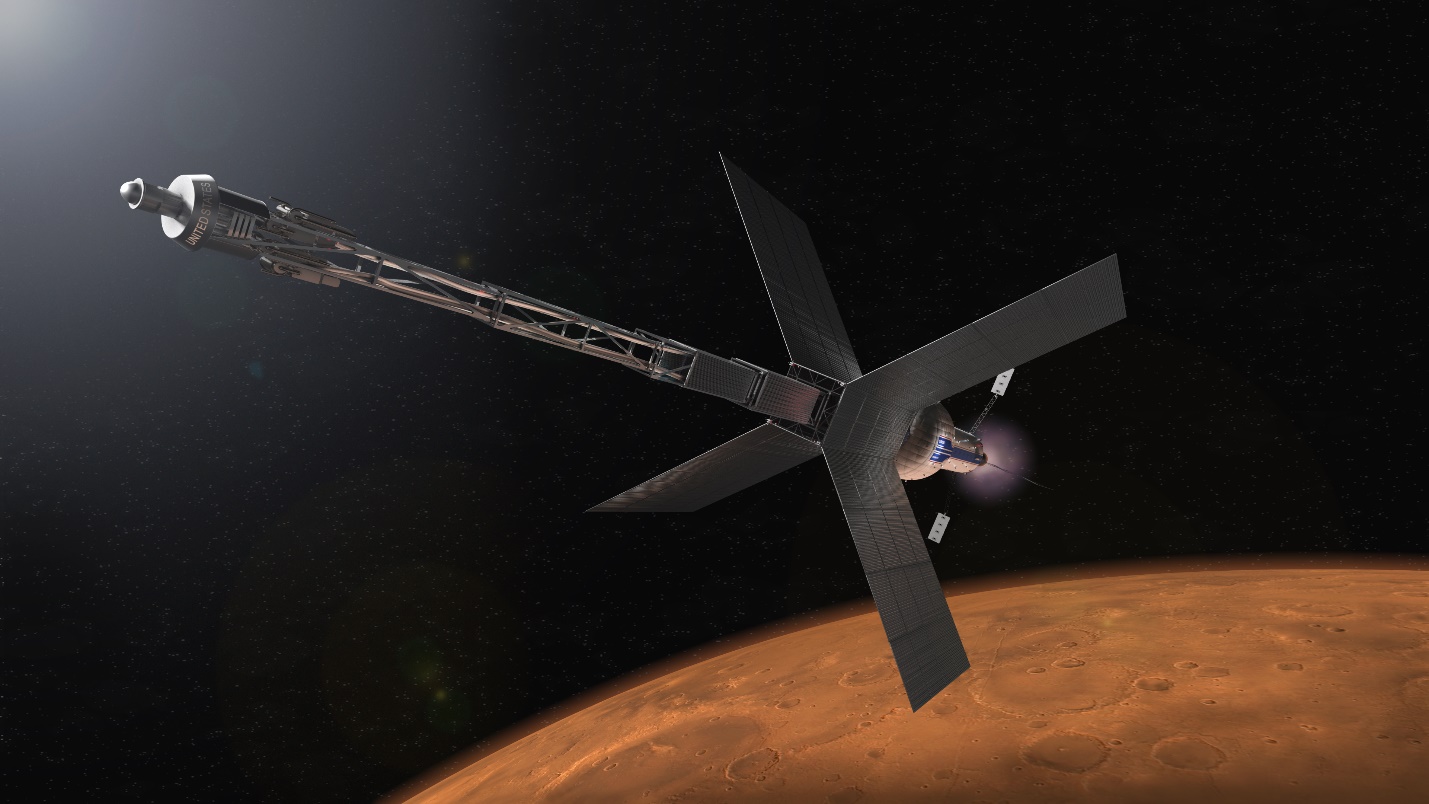
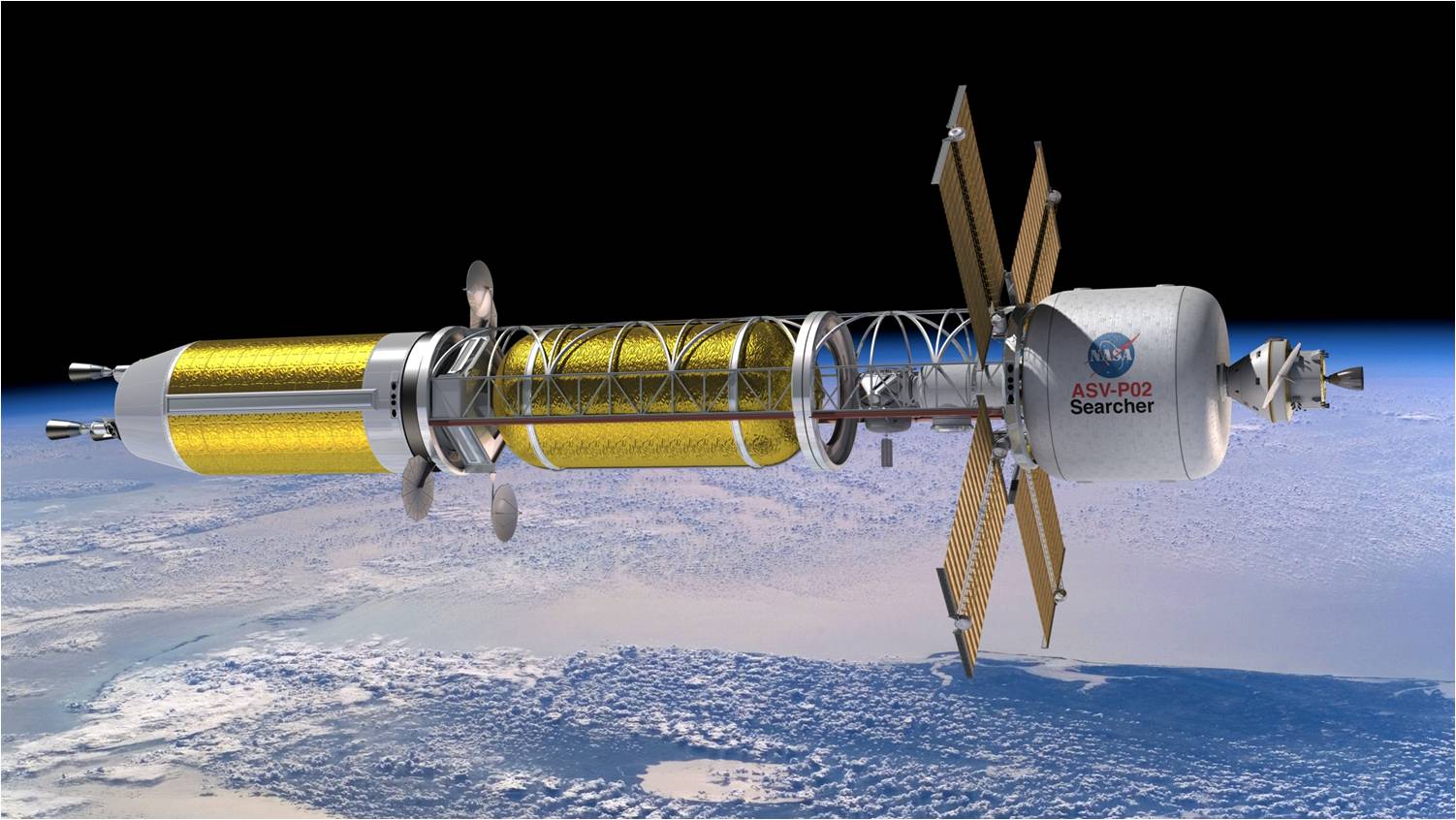

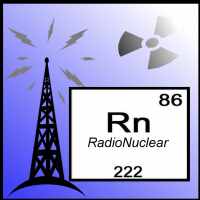 Welcome to the New Year! Even though I am on the road, there is just so much happening lately in nuclear I could not pass up the opportunity to talk about it!
Welcome to the New Year! Even though I am on the road, there is just so much happening lately in nuclear I could not pass up the opportunity to talk about it!  ANS member Dr. Christopher Morrison was a recent guest on
ANS member Dr. Christopher Morrison was a recent guest on